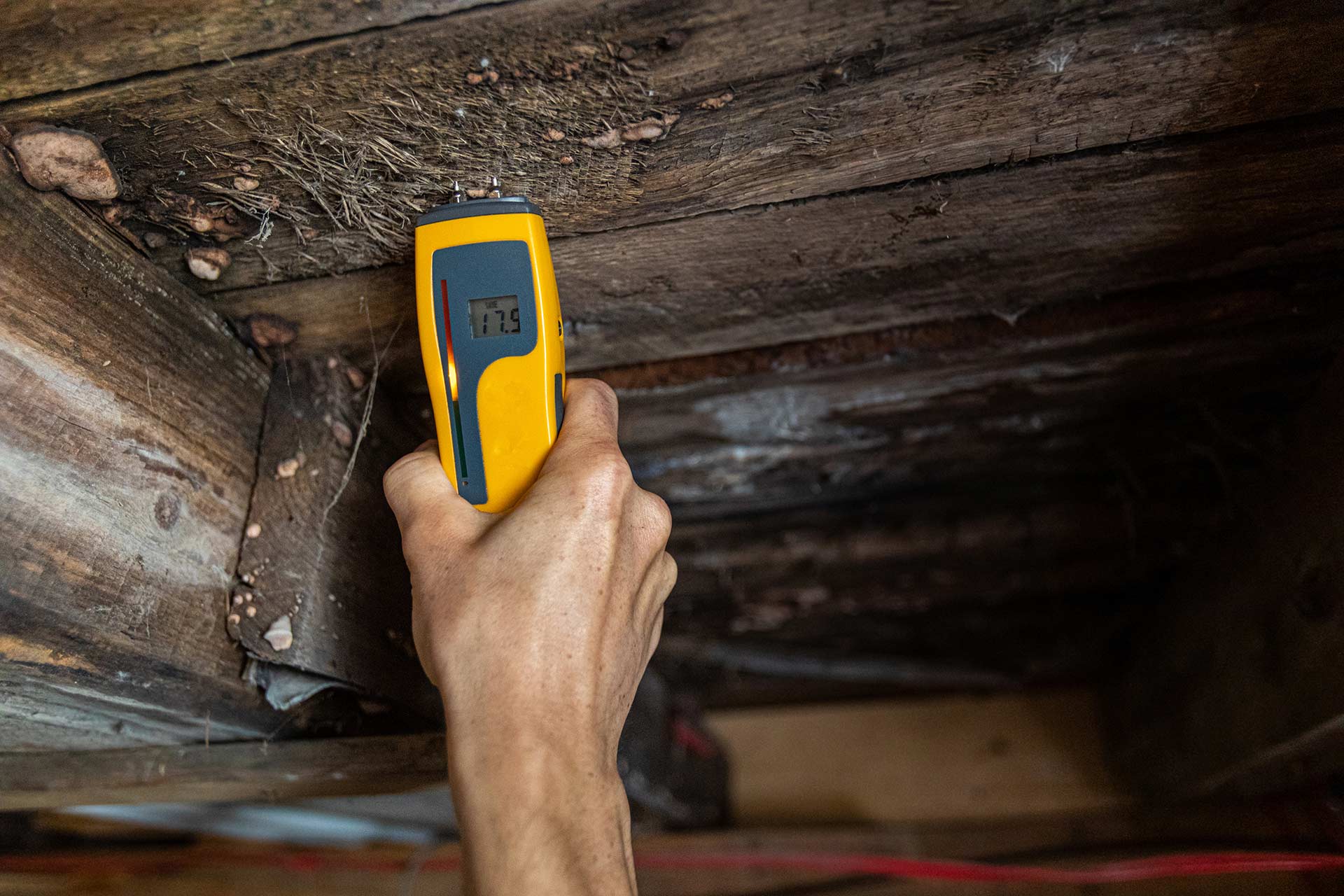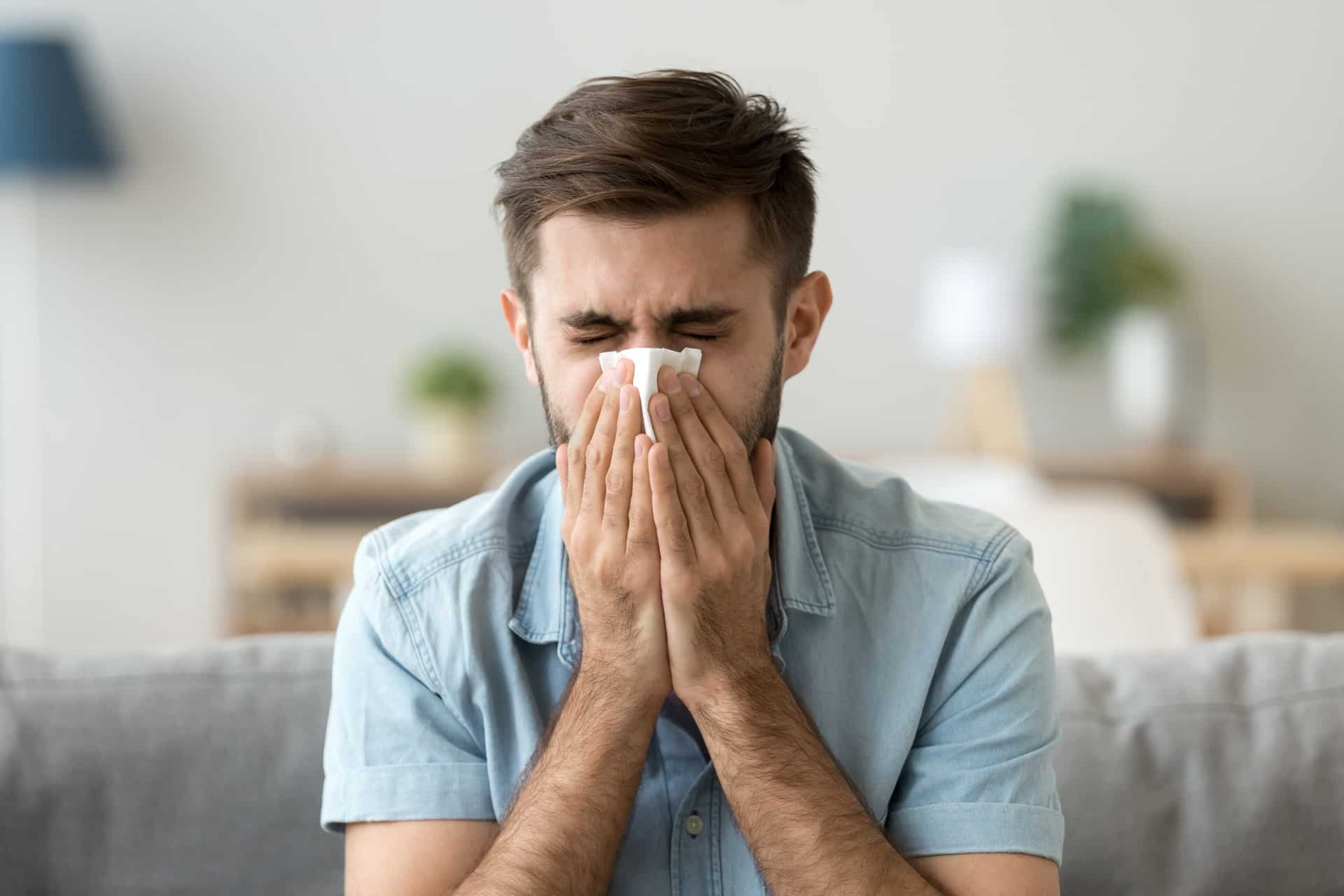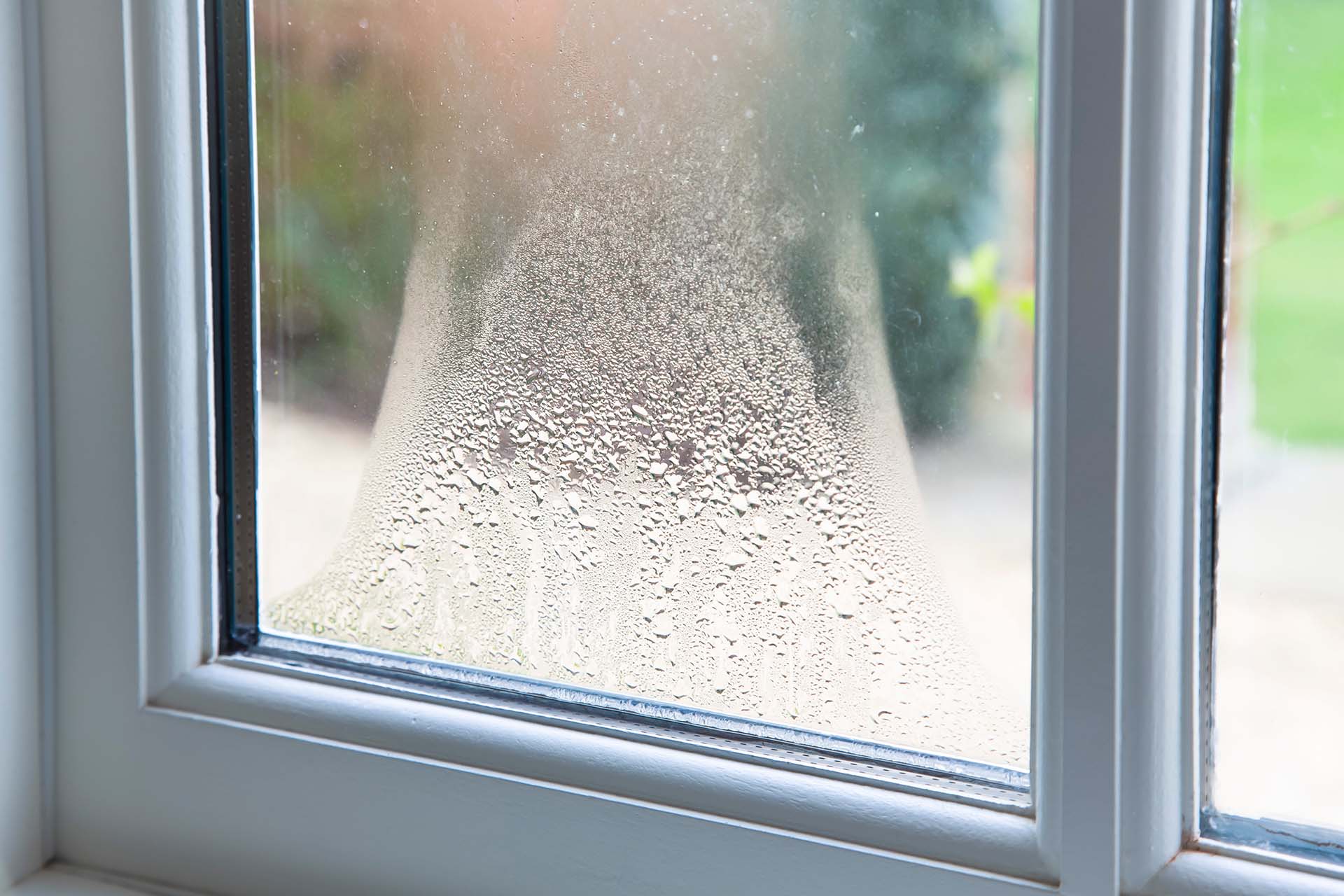The Dangers of Mold in Dover, NH: Exposure Symptoms
The typical family produces a lot of moisture indoors through washing, showers, cooking, and even breathing. Moisture generally gravitates downwards into lower levels and because it has nowhere to go it will stagnate and saturate the structure.
The World Health Organization (WHO) 2009 study states:
Occupants in damp or moldy buildings have up to a 75% greater risk of respiratory symptoms and asthma. Management of indoor moisture in your Dover, NH home to prevent mold exposure symptoms requires proper control of temperatures and ventilation to avoid excess humidity, condensation and saturation in materials. Ventilation should be distributed effectively throughout to avoid stagnant air zones.
In 2009 the Surgeon General issued a “call to action to promote healthy homes” that stated that the (poor) quality of indoor air “contributes to cancers, cardiovascular disease, asthma, and other illnesses.”
HUD cites mechanical ventilation as an effective way to reduce indoor air pollution. To help ensure that the inside air is clean and safe.
The EPA states:
Unless they are built with means of mechanical ventilation, homes that are designed and constructed to minimize the amount of outdoor air that can “leak” into and out of the home may have higher pollutant levels than other homes.
Basements and crawl spaces are primary sources of moisture that lead to mold exposure symptoms in Dover and the rest of the world. When water permeates through the foundation ground and walls, it will condense on these colder surfaces. Cold surfaces in a house will have condensation when warmer, moist air comes into contact with them. This occurs with cold windows in the wintertime and in the moist summer when warm air comes in contact with cold ducts and pipes.
Building materials may contain excessive moisture (i.e. damp wood, fresh concrete) all of which need to be dried out. New houses are insulated and sealed so well that no fresh air enters in. When homes do not have proper ventilation, the indoor moisture will stagnate, nurturing mold spores and dust mites, saturate the structure and wreak havoc on your home and health. The damage caused by excess moisture can be extremely extensive and costly.
Medical authorities, environmental agencies, and home improvement experts agree that unventilated moisture…
- Poses serious long and short-term health risks.
- Can cause costly, irreparable property damage.
- Absorbs and retains dangerous pollutants and gases.
- Creates uncomfortable and undesirable living conditions.
With controlled mechanical ventilation as in Air Ventilation Unit, homeowners can be proactive in their approach to protecting their homes and families while enjoying the maintenance free, energy saving, year-round benefits for about 10 cents a day.

Take a look at some of the dangerous problems that can result from excess moisture and inadequate ventilation:
MOLD & ODORS
Mold spores are an essential part of our natural environment, and are prevalent both indoors and outdoors. They are detrimental in our homes when they cause health issues and structural damage. Even when exterior water sources are minimized, moisture in the indoor air can build up from poorly vented combustion appliances, showers, cooking, laundry, and breathing. High indoor relative humidity and stagnant air are ideal for mold growth and damp unventilated basements are perfect breeding grounds for mold and musty odors. Just because you don’t see mold growing in your home doesn’t mean it’s not there. Musty odors in your Dover, NH basement are a gaseous byproduct of mold growth, and you may be smelling and breathing them in daily.
Live spores act like seeds, forming new mold growths when they find the right conditions.
They only need a few things to grow and multiply:
- Moisture – Moisture keeps them chemically active.
- Nutrients – Feed on building materials, fabrics, wood, etc. that are saturated.
- Suitable environment – Warm temperature and stagnant air.

Exposure to molds in your Dover, NH basement or crawlspace can adversely affect your health by causing allergy symptoms, respiratory difficulties, such as asthma, and other ailments. It can damage the structure of your home by causing wood to rot and beams to buckle. The contents of your home are also at risk of being destroyed by mold.
How badly your house becomes infested with molds and musty odors is determined by a number of factors, including air circulation, possible leaks and amount of organic materials present. Depending on the severity of the problem, mold may be found growing on walls, doors, carpeting, clothes, books, and other items. Mold grows in the form of dark or very white spots. In many cases you can’t see it, but you can smell it. If your house smells musty, then molds may be present.
Air Ventilation Unit reduces excess moisture and increases ventilation which deprives mold spores of the nutrients and conditions they need to thrive. Lowering relative humidity and increasing ventilation are the most crucial factors in reducing the favorable environment for indoor mold growth.
BIOLOGICAL
Biological contaminants include bacteria, molds, mildew, viruses, animal dander and cat saliva, house dust mites, cockroaches, and pollen. They all need moisture to thrive. House dust mites, the source of one of the most powerful biological allergens, grow in damp, warm environments.
Dust mites are the most common allergen-producing organism found in homes. They live in carpets, upholstered furniture, bed pillows and mattresses. In a high relative humidity environment they thrive and reproduce, their appetite increases, and therefore their fecal matter, the source of the dominant dust mite allergen, increases. Ninety percent of the population that experiences any allergy-based symptoms reacts to dust mite allergen.
Some biological contaminants trigger allergic reactions, including hypersensitivity pneumonitis, allergic rhinitis, and some types of asthma.
Air Ventilation Unit substantially reduces the moisture levels depriving the biological contaminants the necessary nutrients to thrive and will diminish in time; thereby minimizing respiratory ailments.

INDOOR AIR
Sick Home symptoms develop because the house literally can’t breathe. Unless they have special mechanical means of ventilation, homes that are designed and constructed to minimize the amount of outdoor air that can “leak” in and out may have higher pollutant levels than other homes. High temperature and humidity levels can also increase concentrations of some pollutants.
As a result, homes can get congested with internal pollutants and wreak havoc on both home and homeowner. The air in many homes contains harmful pollutants that are invisible, odorless and not readily detected. These substances can cause health problems such as irritated eyes and nose, headaches, dizziness, tiredness, infections and respiratory diseases.

Pollutants That Contribute to Sick Home Syndrome
- Chemical – Many common household items release toxic and volatile substances that are absorbed into moist, stagnant air, such as building materials, home furnishings, wood finishes, detergents and cleansers.
- Biological – Serious health problems can occur from inhaling the residue of living organisms trapped in common household moisture, such as pollen, fungi, insects, and animal wastes.
- Gases – Your appliances can emit potentially deadly gases which will accumulate, undetected, in moist static air, such as carbon dioxide, radon, formaldehyde, and natural gas. Radon and vapors from chemicals underground, infiltrate into the home from the foundation floor. Heavy concentration are prevalent in the basement and crawl spaces. Most indoor air contaminants are not detected by the senses. When you can see mold or smell musty odors then you can be sure that not only is moisture dangerously accumulating but the contaminants in your house are not being expelled as well.
Air Ventilation Unit effectively expels all types of contaminants and pollutants in the entire house and replenishes it with fresher and healthier air. The air exchange is within the guidelines of the EPA and other health authorities to maintain a healthy home. Air Ventilation Unit effectively provides an average of 6-10 natural healthy air exchanges per day, without chemicals or filters.
STRUCTURAL
Your home doesn’t have to have leaks to be filled with moisture. Daily activities such as showering, washing clothes, cooking and dishwashing release a great deal of moisture into the atmosphere of your home. This is especially prevalent in areas without adequate ventilation such as basements and crawl spaces. The stagnant, moist air has nowhere to go and is then absorbed into walls, floors, and wood. In addition, outside weather conditions regularly contribute a good deal of moisture as well. Left untreated, excess moisture can create many problems and cause extensive damage to your home, such as:
- Window Condensation
- Wood Rot & Buckling
- Peeling Paint & Rust
- Damp Sheetrock & Concrete
- Insect Infestation
- Air Ventilation Unit air movement draws out saturated moisture and effectively dries out the wood and concrete. By constantly circulating the air upstairs and downstairs there will be no stagnation and condensation problems, preserving the structural integrity of the house.





